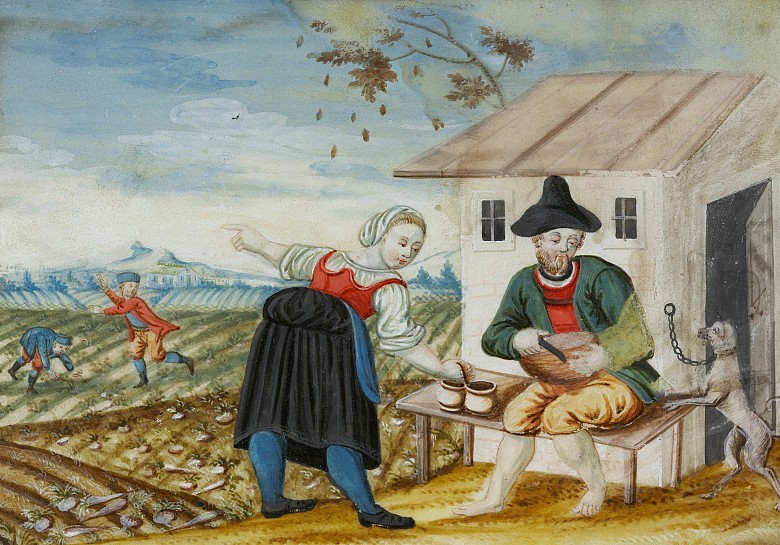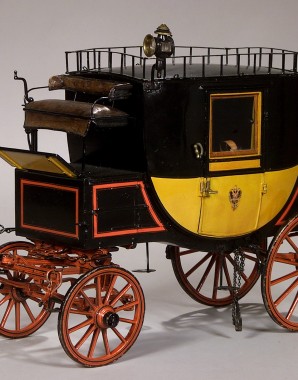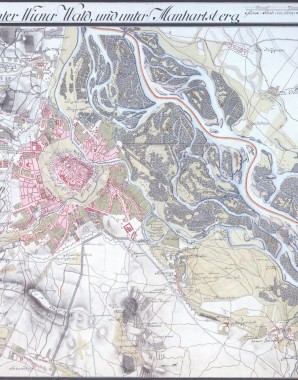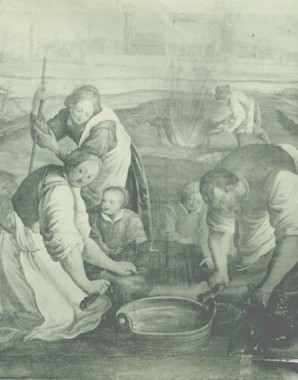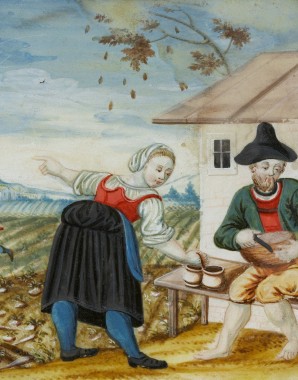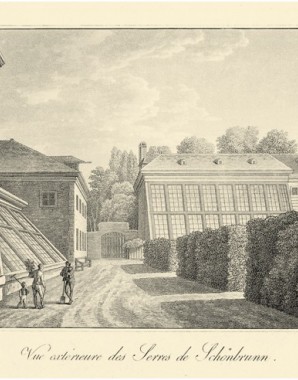A Question of food
Agricultural Development and Mercantilist Ideas
While an arable crop ‘revolutionized’ the eating habits of people in the Habsburg Monarchy, an imperial plough mutated into an almost religious relic. There was less respect for a new system of taxation: it lasted for just six months.
You can read about the Industrial Revolution of the late eighteenth and nineteenth centuries in every Austrian school history textbook. What is not so well-known is that the industrial revolution went hand in hand with demographic and agrarian revolutions. ‘Demographic revolution’ means in this context that there was a rapid increase in the population of Europe. The term ‘agrarian revolution’ refers to the large-scale introduction of new agricultural crops like the potato, to new methods of cultivation and feeding animals, as well as to an increase in agricultural productivity. Whether all this really amounts to a ‘revolution’ remains a constant subject of discussion in historical research. It was not only agricultural production that was re-shaped; Joseph II ordered a new land register of the Monarchy to be compiled, which he then had used as the basis for a new system of taxation.
